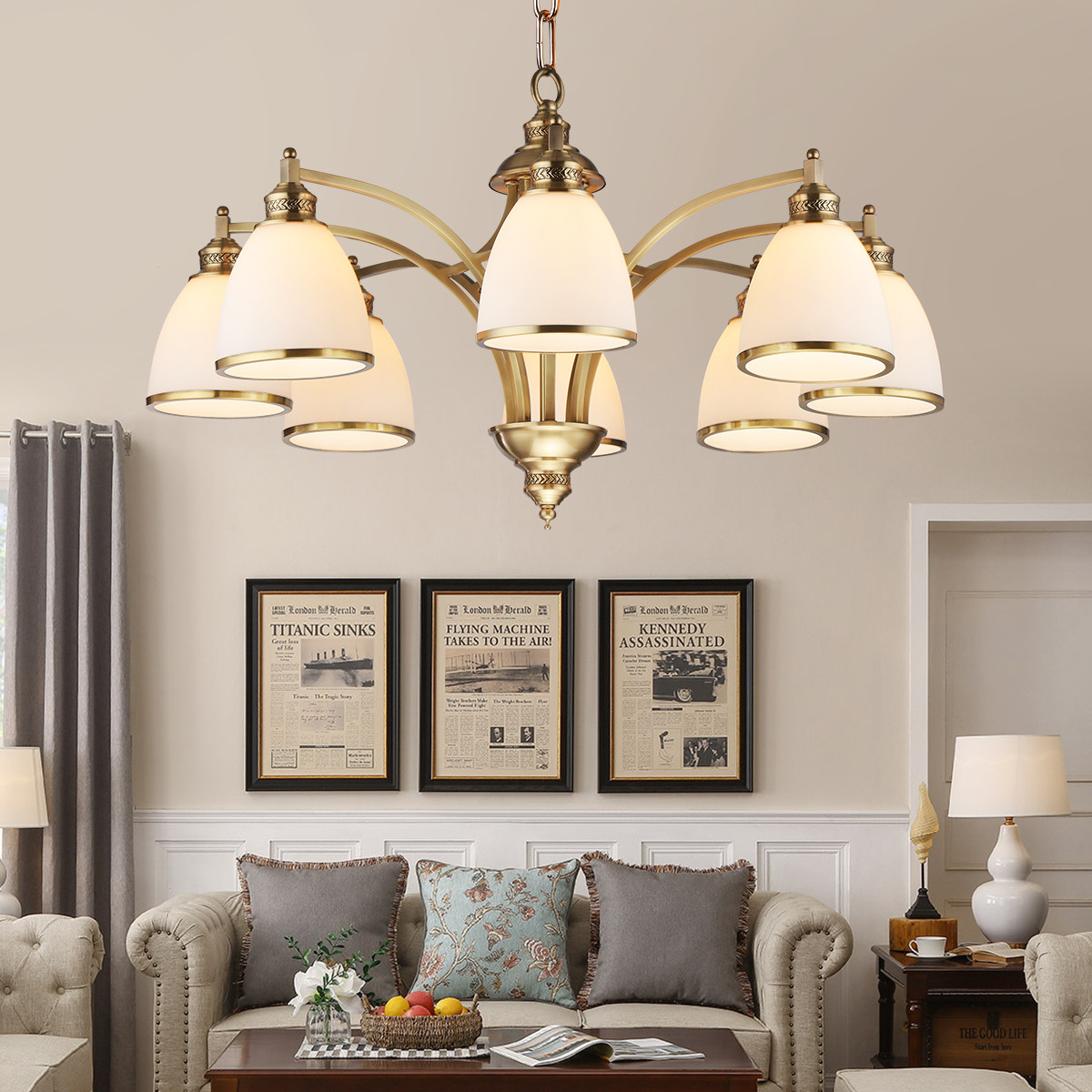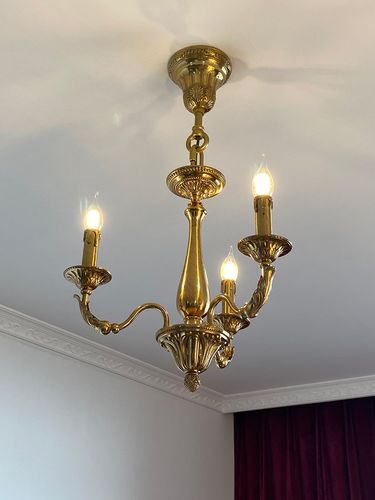In ancient times, all-copper chandeliers were a symbol of status, afforded only to the nobility. As time has progressed, they have remained a favorite among the wealthy. Their continued popularity is not only due to their practicality, but also their aesthetic and collectible value. If you're unsure, follow me for more information on all-copper chandeliers.
Pros and Cons of All-Copper Chandeliers
1. Durable, Long-Lasting, and Rust-Resistant
There's a reason why all-copper chandeliers are so popular. While not as luxurious as crystal chandeliers, they still exude a sense of historical grandeur. Furthermore, copper, a key material in all-copper chandeliers, is inherently durable, making them incredibly durable. With proper care, they're unlikely to rust.

2. Greatly Elevates Home Decor
The first thing we notice about copper chandeliers isn't their lighting effects, but their elegant appearance. Available in a variety of designs and styles, placing one in a home can create a unique atmosphere and significantly elevate the decor. Scholars and intellectuals often choose copper chandeliers to showcase their status and taste.
3. High Collectible Value
Copper chandeliers have a long history, dating back to the Bronze Age. Only those of noble status could afford them. Over thousands of years of development and evolution, copper chandeliers have each exhibited unique designs. Unearthed copper lamps are often found in museums. Modern downlights, crafted with modern technology, add a touch of modern flair, making them excellent for both lighting and collections.

4. Easy to Clean and Maintain
The advantages and disadvantages of all-copper chandeliers extend far beyond the three listed above. Compared to other chandeliers, all-copper chandeliers are much simpler to clean and maintain. Generally, all-copper chandeliers only need to be cleaned once a year. Simply wipe with a dry cloth dampened with water; never wash directly with water. If the surface of a copper chandelier is wet, it's recommended to dry it immediately. When wiping a copper chandelier, wait until the chandelier cools before wiping it, as this can cause the high-temperature bulb to explode when exposed to moisture. Regular surface inspections are recommended to prevent excessive moisture from causing the copper chandelier to fall off.
The biggest fear for businesses is not selling their products and having a low profile. In this internet age, the days of "good wine needs no bush" are over. To boost sales, register for free on the AiKe Business Network. You can post product sales information, industry exhibition information, franchise opportunities, company news, new product announcements, and other advertising content for free. AiKe Business Network also manages over a dozen vertical business websites, such as the Plastics Business Network, the Chemicals Business Network, and the Instruments Business Network. Register an account and publish your business information on over ten platforms for permanent display. Your peers are taking action, so don't forget.
5. Price Comparison
Since all-copper chandeliers are made of copper, and copper is known to be five times more expensive than iron and four times more expensive than zinc alloy, they are undoubtedly significantly more expensive than both wrought iron and zinc alloy chandeliers. This may be their only drawback, but you get what you pay for. Their high price is why they are considered the aristocrat among lamps. If they were too cheap, wouldn't it seem like they would lose their class?


